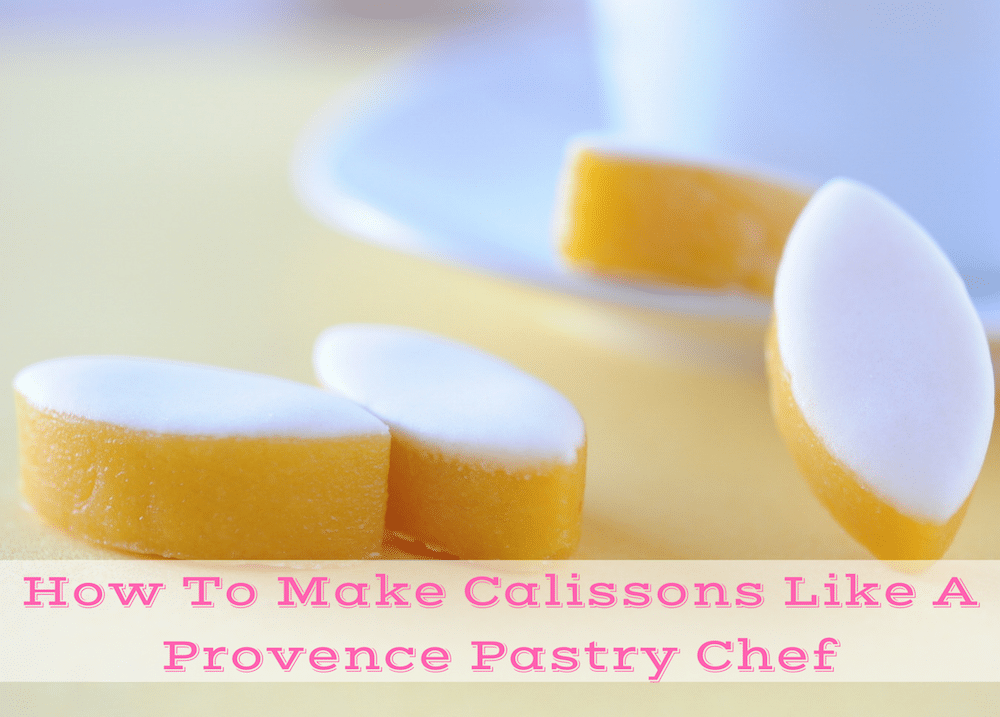
By Jessica Festa, Epicure & Culture Editor. All photos taken by Jessica Festa unless otherwise noted.
While many think of the macaron as France’s iconic sweet, in Aix-en-Provence locals sing the praises of another treat: the calisson.
A recent road trip through the South of France from Nice to Marseille made it clear how regional French food really is, as we savored socca (fried chic pea bread) and pissaladière (onion and anchovy tart) in Nice then switched to bouillabaisse (a fish stew) in Marseille.
In terms of dessert, the diamond-shaped calisson reigned king in Aix.
Or queen.
There’s a unique story to go along with the calisson.
In 1454 King Rene of Anjou was to marry Jeanne de Laval, but there was a problem:
She never smiled.
King Rene went to the royal pastry chef and asked him to make something special for the wedding feast that would make his bride-to-be turn that frown upside down.
The pastry chef decided to combine some of Provence’s most spectacular delights — almonds, Cavaillon melons (a type of cantaloupe), and orange — to create a sweet that did indeed make then Queen Jeanne de Laval smile.
When she asked what it was, the pastry chef responded that it was like a little hug (“di calin soun” in Provencal means “sweet embrace“).
Have you heard the #sweet story of #Provence's #calisson? Click To Tweet
Legend Or Fact?
Some locals state the story as fact, though one local tour guide I hired during my stay, Frederick Paul of Le Visible Est Invisible, noted that the calisson isn’t mentioned in texts until later and that it was in the 16th century that almond crops became prevalent in Provence.
Regardless if it’s legend or true there’s no denying it’s a cute story, equally as whimsical as the treat itself, which holds a special designation of marque déposée.
This means that, like Champagne in Champagne and Port in the Douro Valley Region, for a calisson to be a true calisson it must be made in Aix.
Celebrating The Calisson
It’s such an important sweet in the city that there’s a festival held for it on the first Sunday of every September called the Bénédiction des Calissons (Blessing of the Calissons).
During the event Aix’s eight calissoniers make calissons to be blessed at the Church of St. John of Malta and given out — for free — to people on the streets.
This tradition stems from another story dating back to 1630.

In 1629 the plague hit Aix-en-Provence hard.
The death toll continued to rise despite Aix banning people from leaving their homes.
In 1930 a final attempt was made to save the city, with Martelly the Assessor promising the patron saint of Aix (Vierge de la Seds) to hold a thanksgiving service each year in return for her protection.
During the masses the local calissons were blessed and given out from chalices as there were no Communion wafers.
The plague shortly passed, and this thanksgiving ritual is still performed today through the above mentioned Bénédiction des Calissons.
From this story comes another possibility of where the name “calisson” comes from. Chalice — or la calice — does sound suspiciously similar to the well-known treat.
Again, it’s unclear whether this story is fact, though it’s recorded in a manuscript by a Capuchin Brother Bonnaventure de Six-Fours.
A Sweet Cultural Class
While in Aix-en-Provence my boyfriend Andy and I noticed the treats presented in beautiful almond-shaped tins and cellophane baggies wrapped with ribbon.
Most of the sweet shops in the city take on a more sophisticated than childlike ambiance, as was the case with Confiserie du Roy René, where we took a calisson-making class with local pastry chef, Vincent Chastel.

As soon as I stepped into the golden-hued shop, filled top to bottom with wooden shelves and translucent cases revealing dainty chocolates and aesthetically detailed sweets, I was in a French heaven.
I mean, there was even a large portrait of a woman wearing a dress made completely of calissons!
It was the type of shop I’d dreamed about in the weeks leading up to the trip.
Before embarking on our culinary journey we were each given a calisson to try.
I noticed there were three distinct layers to break through.
I first felt the light, sweet crunch of the icing as it broke into small bits on my palate, before detecting a gelatin-like marzipan with distinct candied fruit flavors.
On the bottom it was almost wafer-like, slightly dry and crisp.
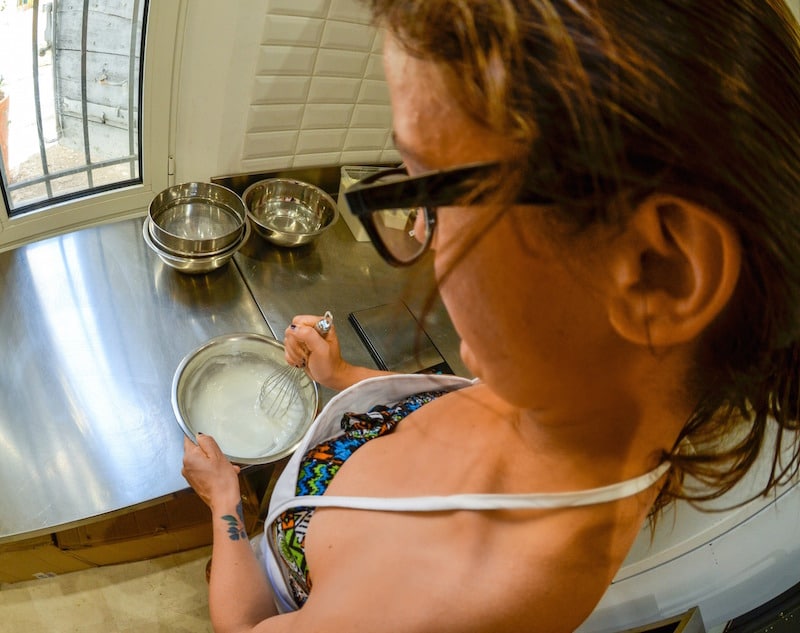
The Royal Icing
After washing our hands and tying our aprons we started mixing the royal icing, made from a simple blend of egg whites, sugar, and water.
Depending on the weather the ratios of each ingredient can differ, with more sugar needed when it rains and more water when it’s dry.
We combined the ingredients — using 12 grams dehydrated egg white, 80 grams of water and 400 grams of sugar — with Monsieur Chastel telling us to whisk slowly.
“It’s different from merengue, which you whisk fast to create air for a whipped texture.”
Instead, our slow whisking led to a more creamy liquid that, when lapped up with a spatula, fell into the bowl in thick heavy folds.
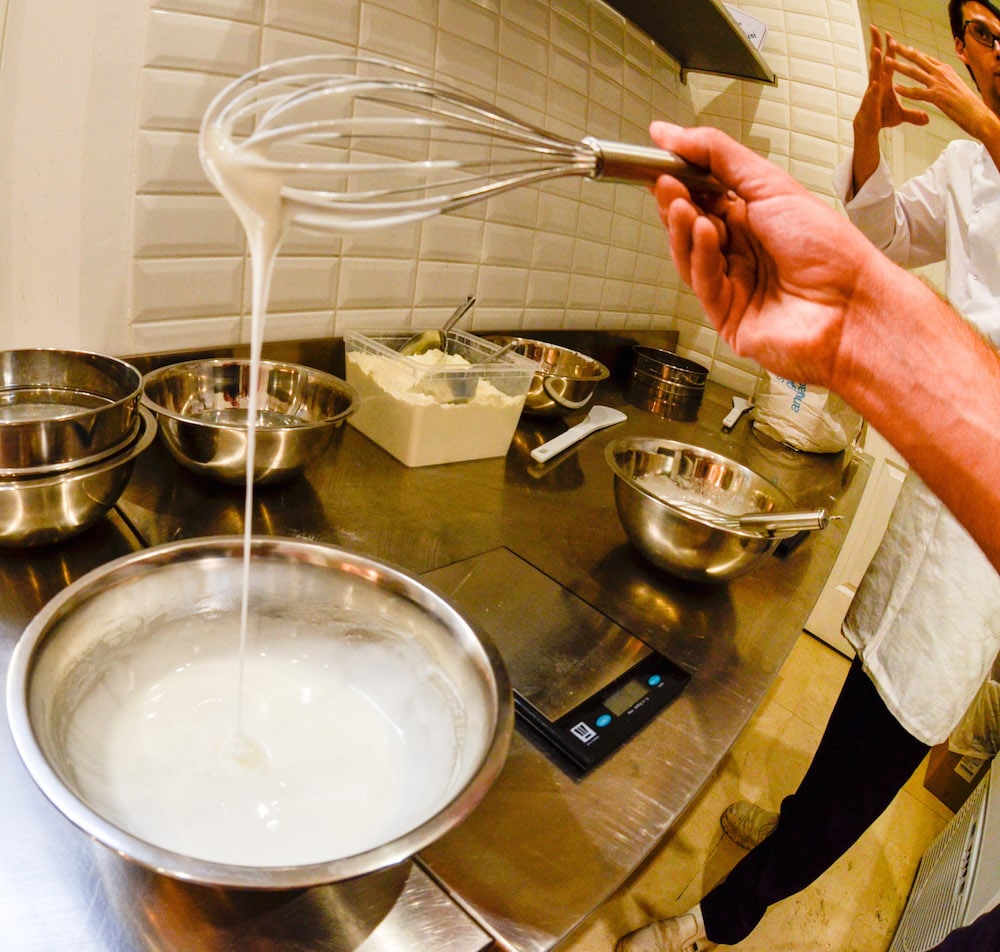
A Distinct Shape
Once we had our royal icing down we moved on to shaping the batter, which had been prepared before our arrival.
The calissons needed to look like a perfect almond — or small smile — shape.
To do this we used an old-fashioned two-sided metal mold with multiple almond-shaped openings and a foot pedal.
The instructions were very specific.
First, a piece of paper with one rough side and one smooth side was placed rough side up into the open mold, which was then folded closed.
From there, the batter was generously spread over the mold, with the excess being scraped off the top.
The trick, we were told, is to hold firmly and jiggle the metal scraper as you move it in different directions — never the same — along the mold. Finally, smooth out the dough.
In #AixEnProvence, the #calisson reigns king...or queen. #stories Click To Tweet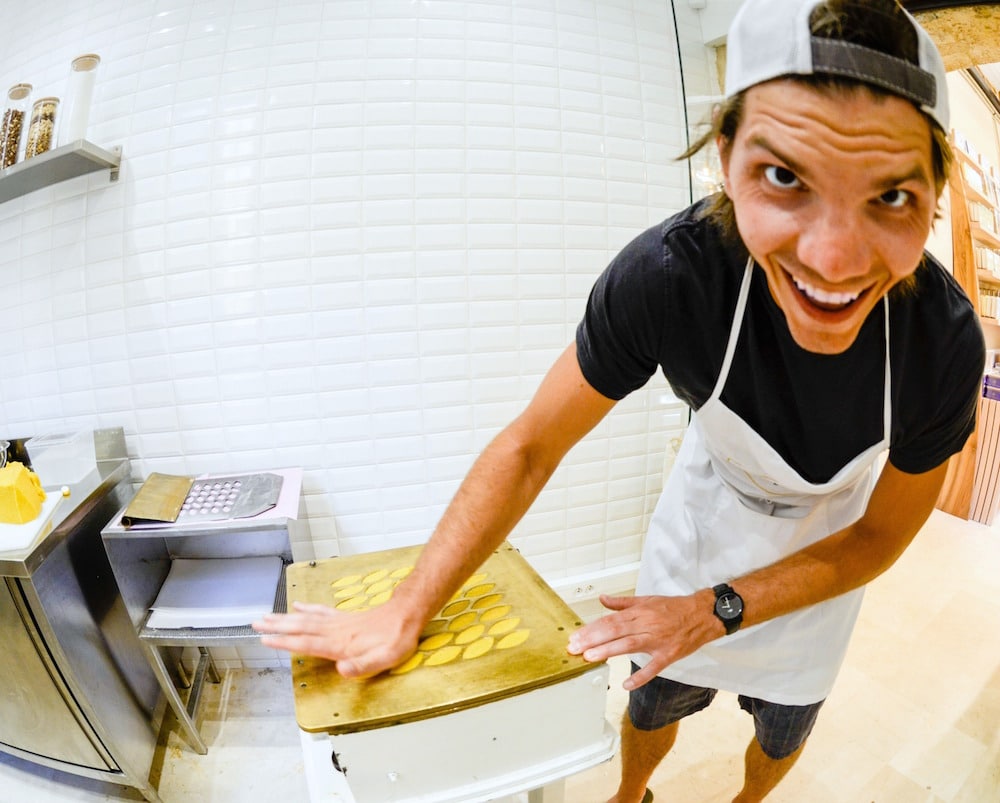
Sweet Magic
Next came my favorite part, the royal icing.
While I’d expected to simply pour the icing over the entire mold, we instead dripped a generous amount vertically down its far side.
Once we had a line running along the four rows of calissons, we used the scraper to move the wet icing toward ourselves, allowing it to drip into each almond-shaped groove.
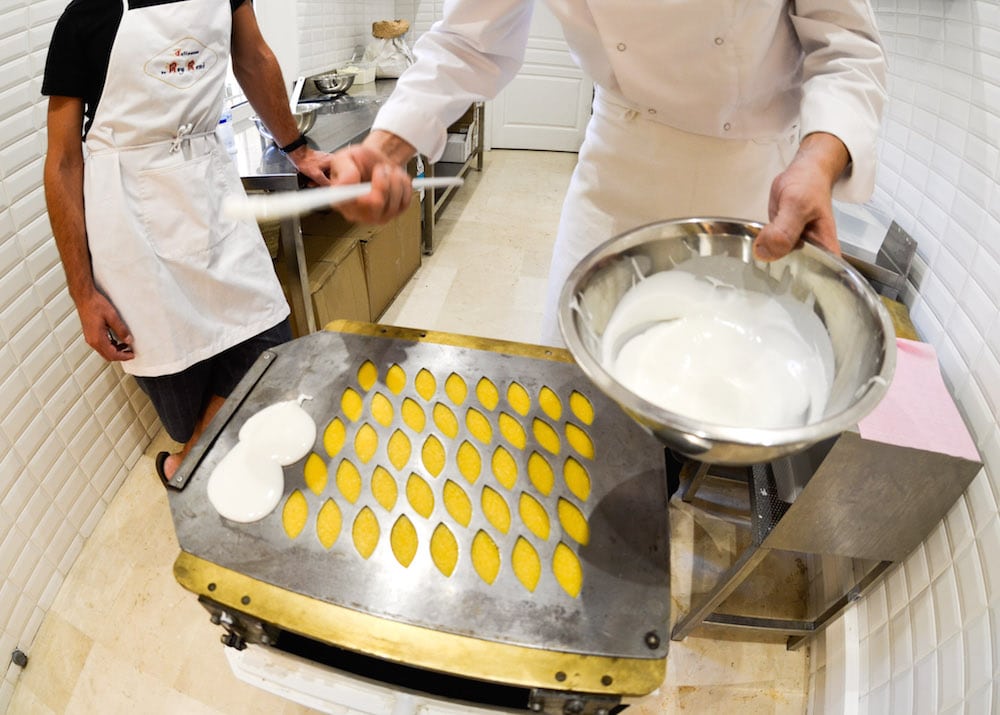
It’s the next step that was the true finale, as the foot pedal pressed down and the calissons, like magic, popped up from their grooves in the perfect shape.
Upon closer inspection, we saw there were small moveable pegs that pushed up when the foot pedal was pressed.
We placed the calissons into the oven on 100 degrees Celsius for 10 minutes.
This wasn’t to cook the treats, but rather to solidify the icing.
Once they were ready we tried the calissons for a second time, this time hot; a totally different experience but equally as delicious.
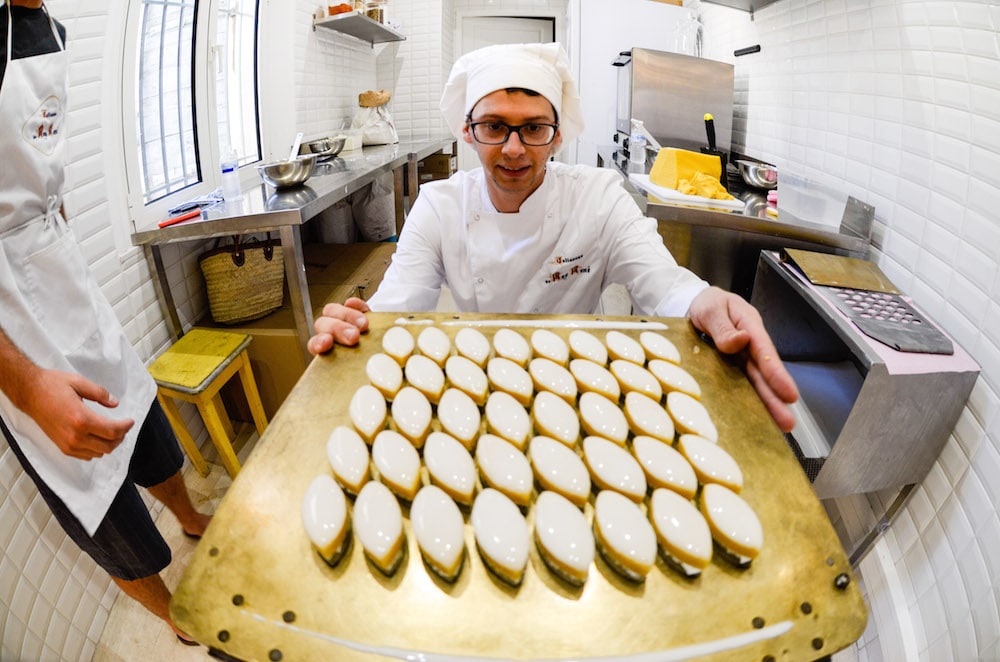
Calisson Variations
While the traditional calisson is made with Cavaillon melon and candied orange peel, there are modern variations.
At Confiserie du Roy René these are called “Calissons d’Exception,” beautifully stacked to make colorful flower shapes underneath glass domes.
Ginger and honey, candied chestnut and vanilla, raspberry and matcha, and clementine with cacao nibs are just a few of the deliciously paired flavors for these creative calissons.

Not only that, but the pastry boutique makes homemade ice creams and sorbets in simple Provencal varieties like mango, strawberry, and raspberry as well as, of course, calisson (not to mention melon calisson and stracciatella calisson).
We left the shop with a delightful sugar high — and four tins of calissons to take home!
Taking A Calisson Cooking Class Yourself
If you find yourself in Aix-en-Provence you can sign up for a calisson-making class through Confiserie du Roy René for 50 Euros (~$56 USD) per person.
This includes the instruction and the chance to bring your creation home in a beautiful calisson-shaped tin.
If you want to try making these iconic Aix treats at home, Confiserie du Roy René has shared the recipe below.
Also, check out this video of our delicious calisson class.
Check out this #delicious #recipe for Provencal #calissons! Click To Tweet
Calisson Recipe
Serving: 300 grams or 20-25 calissons
Pre Cool: 24 hours
Preparation: 30 minutes
Cooking Time: 5 minutes
Ingredients:
- 100 grams of pruned almonds
- 30 centiliters of water
- 90 grams of candied melon
- 50 grams egg white
- 10 grams of orange peel
- 200 grams of icing sugar
- A little glucose if you have
Instructions:
1. In a pot, boil some water and pour in the almonds. Turn off the fire and let the almonds sit in the boiled water for five minutes to hydrate them. Drain them.
2. In a blender place the candied melon, orange peel and the almonds. Mix everything.
3. In a pot and the sugar and some water (30 centiliters) and the glucose. With a food thermometer let the temperature rise to between 120 and 130°C.
4. Add the cooking sugar with candied fruits and almonds. Mix everything until you get dough. Let it cool at room temperature for 24 hours.
5. For the icing, beat the (50 grams) of egg white with the icing sugar until you get a smooth consistency (this royal icing has to be smooth).
6. With a diamond-shaped pastry cutter, shape your calissons with the dough. With a spatula spread the icing uniformly , and then let it get firm by letting it sit for one-hour at room temperature (it doesn’t have to be like crust, but it should be firm, otherwise it will break).
7. After one hour place your calisson on a baking sheet for 5 minutes at 130°C. Leave it to cool.
8. Enjoy!
Have you tried this or another Calisson recipe, or tasted the treat in Aix-en-Provence? Please share your experiences in the comments below!
Recommended:
8 Indulgent Foodie Vacations for Dessert Lovers [Blog Inspiration]
Patisserie at Home: Recipes To Help You Master French Pastry [Great Reads]
“Old Fashioned” Carry-On Cocktail Kit [Travel Essentials]
Enjoyed this post? Pin it for later!
Jessica Festa
Latest posts by Jessica Festa (see all)
- A Culturally-Immersive Adventure In Mongolia’s Altai Mountains - Jul 8, 2023
- This Recipe Sharing Platform Supports Women In The Culinary Industry (Labneh Recipe Included!) - Nov 5, 2020
- Hiking The Mohare Danda Community Eco-Trek In Nepal - Jun 3, 2020
- 6 Important Questions For Choosing A Responsible Yoga Retreat - May 18, 2020
- How To Create & Grow A Profitable Blogging Business (Ethically) - Jan 18, 2020

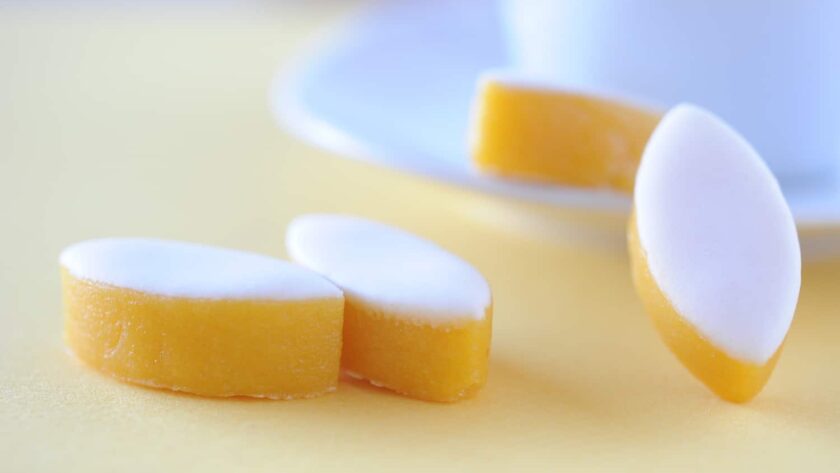
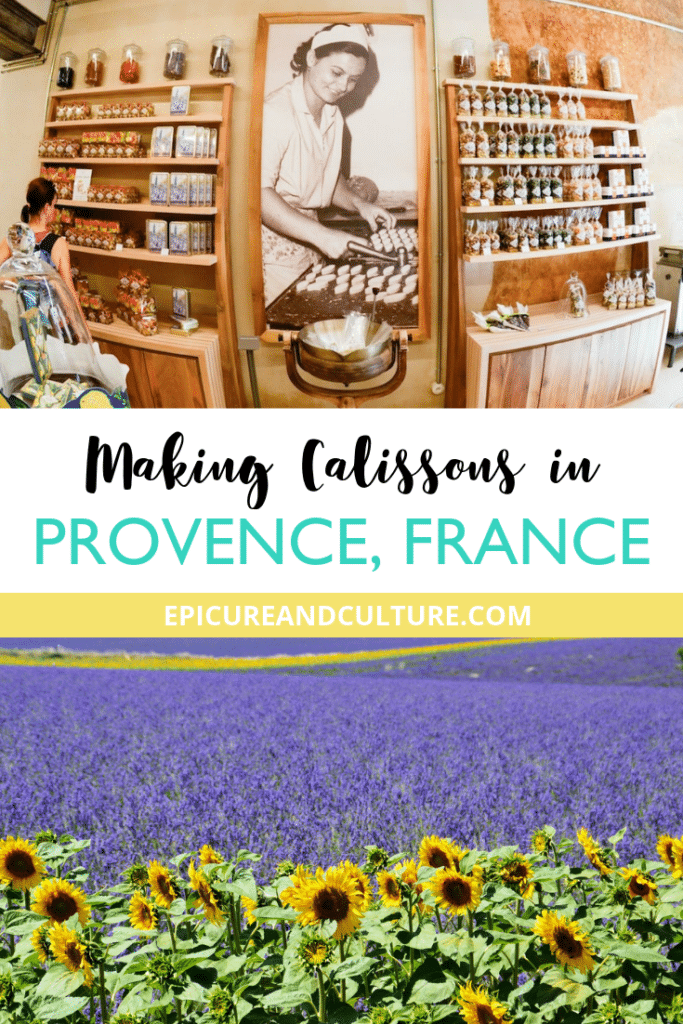
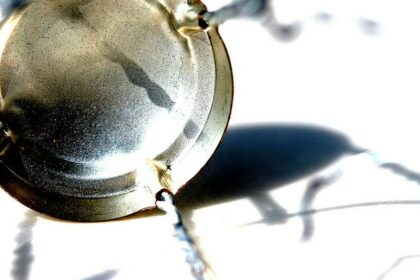
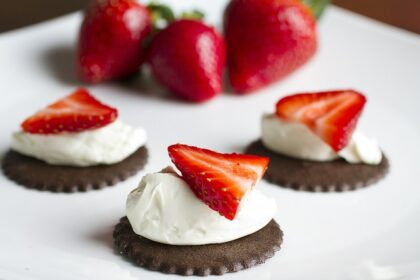
Somehow, the download for the recipe does not work, can you please send me the recipe.
Thank you,
Eloise
@Eloise: The recipe is written out in the post, which you can copy and paste into a Word Doc to use at home! 🙂
Hi Jessica,
Happy new year and many thanks for the well thought out and written article and recipe. One question / clarification about the sugar for the recipe. I noticed that the sugar is listed once in the ingredients list (200g); however, it is used twice in the instructions (in the making of the dough and also for the icing) but no break down of the quantities for each. Can you please clarify the breakdown of how much sugar is needed for each process (the dough vs the icing). This would be much appreciated. Thanks again for the article and recipe.
viagra buy online viagra on ine does online viagra work
What are ‘pruned almonds’??? Even Google doesn’t know!
Blanched almonds
asdf